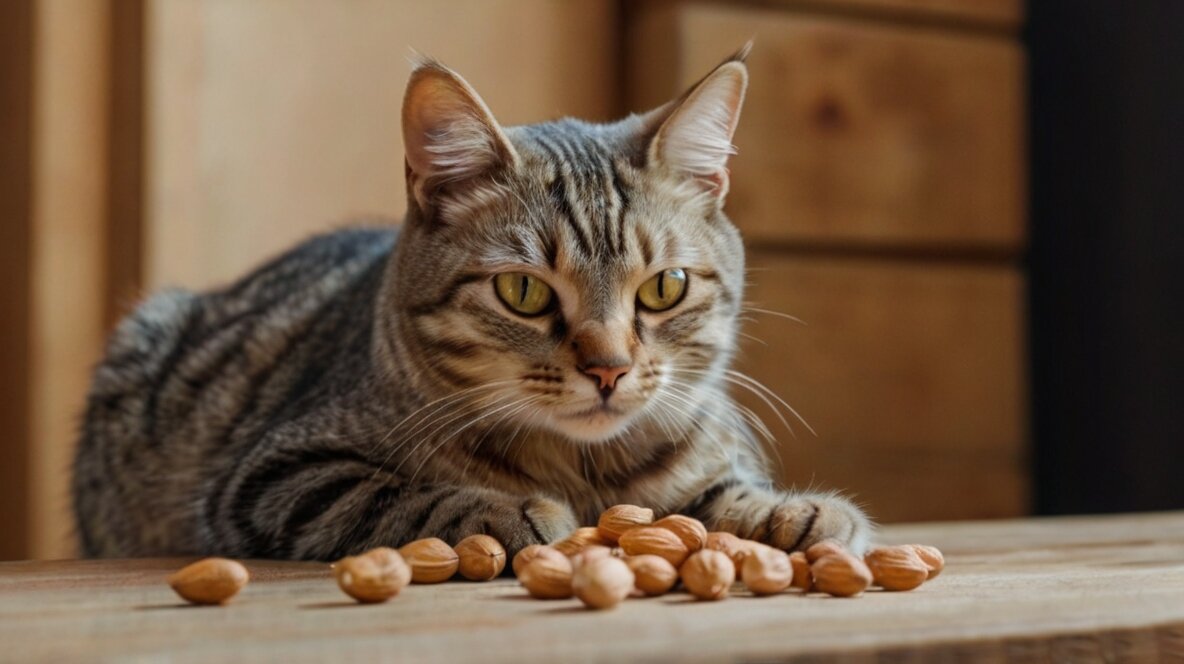Table of Contents
Introduction
Checkered Giant Rabbits care, with their striking appearance and gentle temperament, make wonderful pets for those prepared to meet their specific needs. These majestic rabbits are known for their large size and distinctive checkered fur pattern. In this comprehensive care guide, we’ll delve into the essentials of responsible ownership, covering everything from their diet and housing to grooming and health care.
Understanding the Checkered Giant Rabbit
What Makes Checkered Giants Unique?
Checkered Giant Rabbits are among the largest domestic rabbit breeds, known for their impressive size and distinctive coat pattern. They have a large, muscular build with a characteristic checkered pattern that can be quite striking. This breed’s friendly and calm demeanor makes them excellent companions for families and individuals alike.
Size and Growth
Adult Checkered Giant Rabbits typically weigh between 10 to 14 pounds, though some can exceed this range. They have a robust body structure, with males generally being larger than females. Understanding their growth patterns is crucial for ensuring they receive appropriate nutrition and care.

Diet and Nutrition
Providing a Balanced Diet
A well-balanced diet is essential for the health of Checkered Giant Rabbits. Their diet should primarily consist of high-quality hay, fresh vegetables, and a small amount of rabbit pellets. Hay provides essential fiber that supports healthy digestion and prevents obesity, which is a concern for this larger breed.
Recommended Hay Types:
- Timothy Hay
- Orchard Grass Hay
- Meadow Hay
Fresh vegetables such as carrots, spinach, and bell peppers are excellent additions to their diet. However, it’s important to introduce new vegetables gradually to avoid digestive issues. Always ensure that any vegetables offered are washed thoroughly to remove pesticides.
Portion Control
Checkered Giant Rabbits tend to overeat due to their size, so portion control is vital. Providing a set amount of pellets and monitoring their hay intake can help maintain a healthy weight and prevent obesity.
Fresh Water
Always provide fresh, clean water to keep your rabbit hydrated. Water bottles or bowls can be used, but ensure they are refilled daily and cleaned regularly to prevent bacterial growth.

Housing and Environment
Creating a Comfortable Living Space
Checkered Giant Rabbits need a spacious living area to accommodate their large size. A well-ventilated rabbit hutch or a large indoor pen is ideal. Ensure that the enclosure is secure and free from drafts.
Ideal Hutch Size:
- Minimum 6 feet long, 3 feet wide, and 2 feet high for a single rabbit
- Larger enclosures are preferred for multiple rabbits or additional space
Provide bedding material such as straw, hay, or paper-based bedding to keep their living area clean and comfortable. Regular cleaning is essential to prevent odor and maintain hygiene.
Enrichment and Exercise
Checkered Giant Rabbits require plenty of exercise to stay healthy. Allow them time outside their enclosure in a safe, enclosed area where they can hop and explore. Provide toys and tunnels to keep them mentally stimulated and prevent boredom.
Grooming and Health Care
Regular Grooming Needs
Despite their short coat, Checkered Giant Rabbits benefit from regular grooming to prevent matting and reduce shedding. Brush their fur weekly to remove loose hair and check for any signs of parasites or skin issues.
Health Monitoring
Routine veterinary check-ups are crucial for maintaining your rabbit’s health. Keep an eye out for any changes in behavior, appetite, or litter box habits, as these can be signs of health issues. Common health problems in rabbits include dental issues, digestive problems, and respiratory infections.
Training and Socialization
Positive Reinforcement
Checkered Giant Rabbits are intelligent and can be trained using positive reinforcement techniques. Treats and gentle encouragement can help in teaching basic commands and litter training.
Socialization Tips
Socializing your rabbit from a young age helps them become well-adjusted and friendly. Regular interaction with people and other animals, under supervision, can promote a balanced and happy rabbit.
Conclusion
Being a responsible owner of a Checkered Giant Rabbit involves understanding their specific needs and providing a suitable environment for their well-being. By focusing on a balanced diet, proper housing, regular grooming, and ongoing health care, you can ensure that your Checkered Giant Rabbit leads a healthy, happy life. Remember, a well-cared-for rabbit is a joyful companion that will bring much happiness to your home.
FAQs About Checkered Giant Rabbits
1. What is the average lifespan of a Checkered Giant Rabbit?
Checkered Giant Rabbits typically live between 7 to 10 years with proper care. Providing a balanced diet, regular veterinary check-ups, and a safe living environment can help ensure they have a long and healthy life.
2. How often should I groom my Checkered Giant Rabbit?
Regular grooming is important to keep your Checkered Giant Rabbit’s coat healthy. Brush your rabbit at least once a week to remove loose hair and prevent matting. More frequent grooming may be needed during shedding seasons.
3. What should I feed my Checkered Giant Rabbit?
A balanced diet for Checkered Giant Rabbits includes high-quality hay (such as Timothy or Meadow Hay), fresh vegetables, and a small amount of rabbit pellets. Avoid giving sugary or starchy foods, and always provide fresh water.



